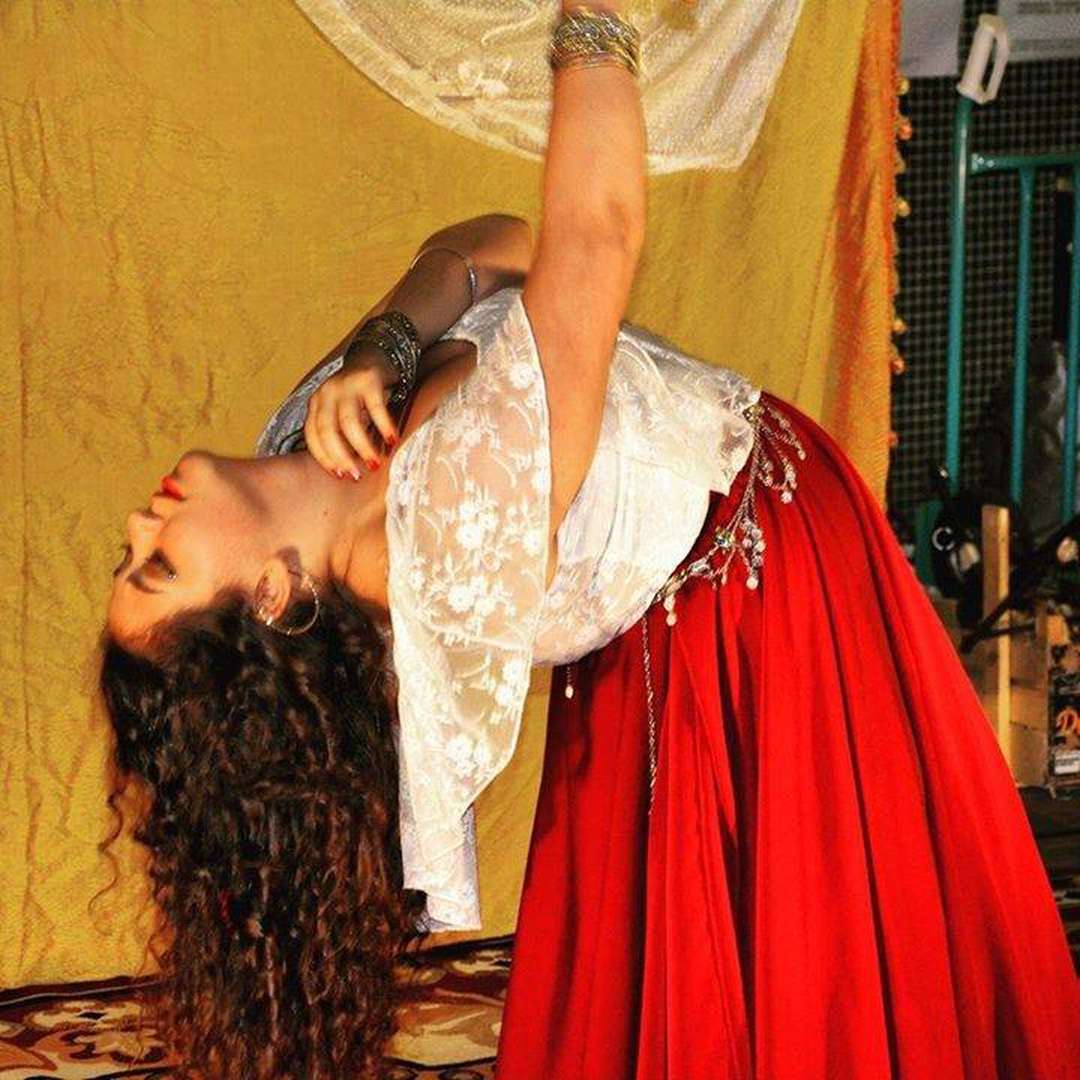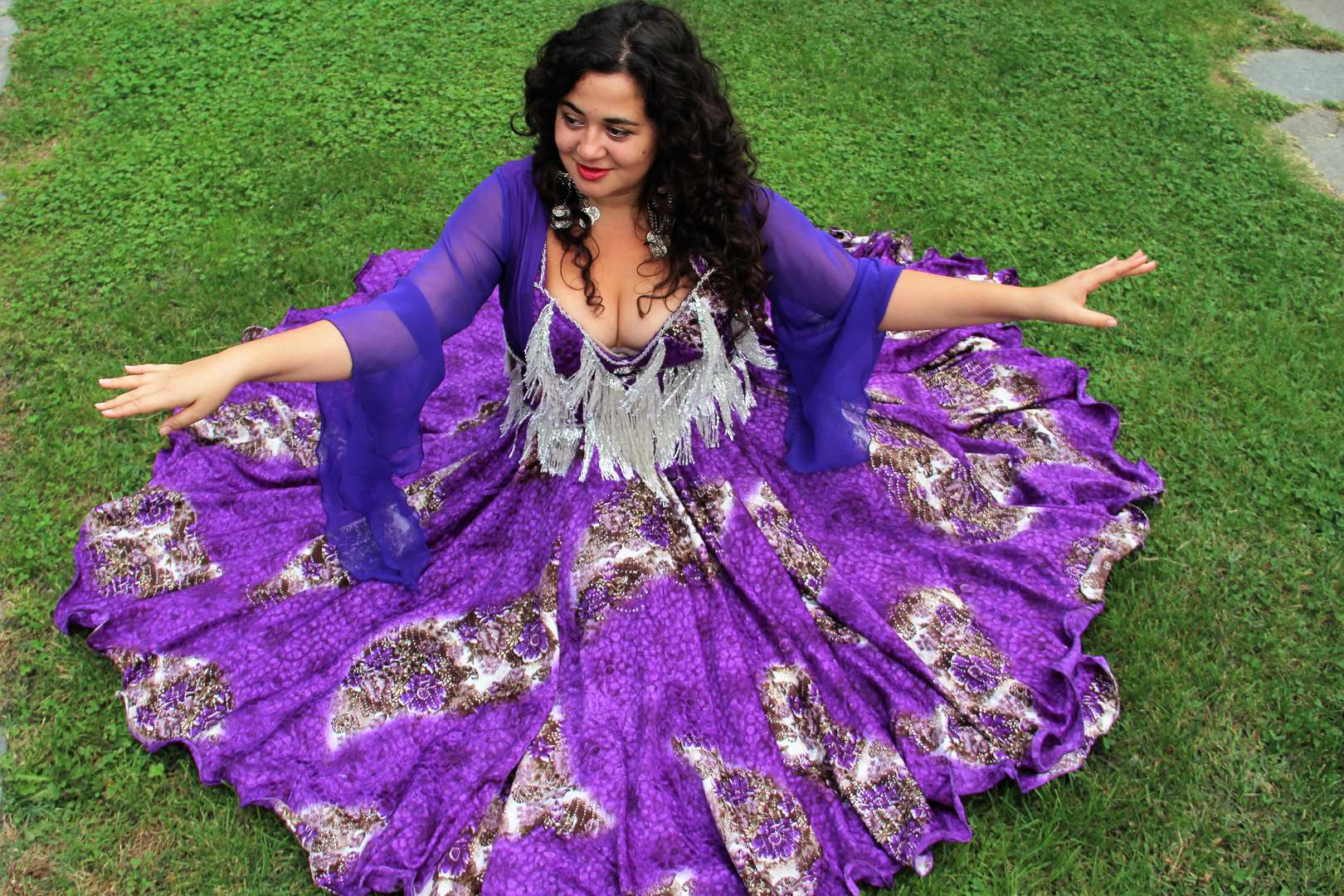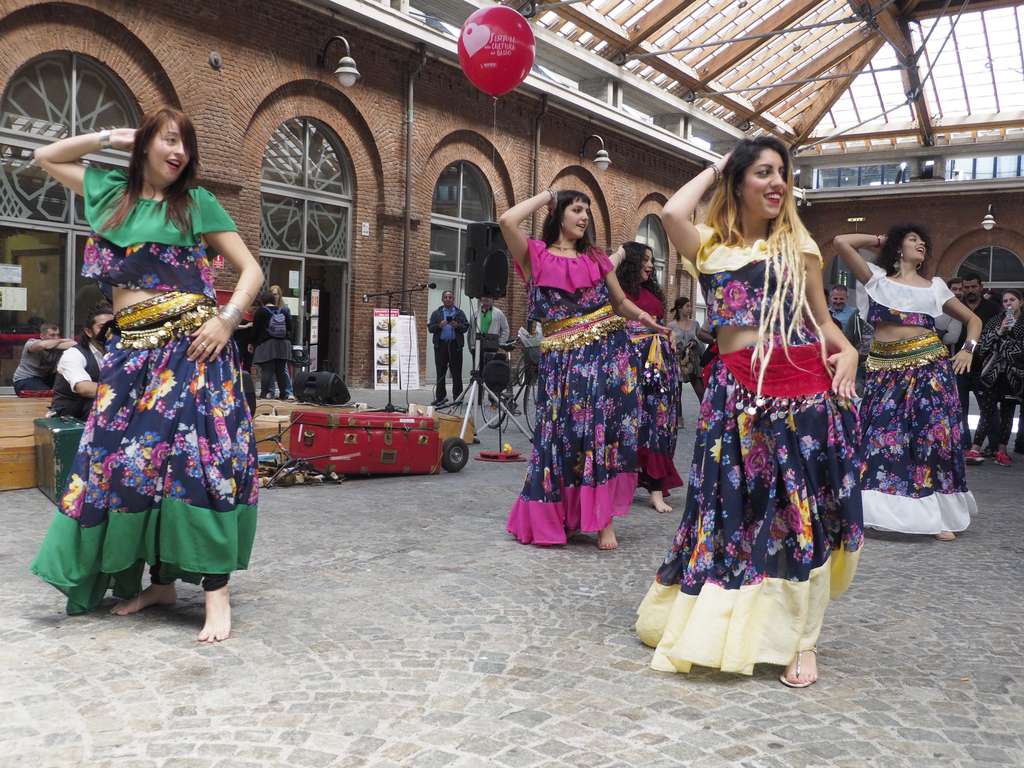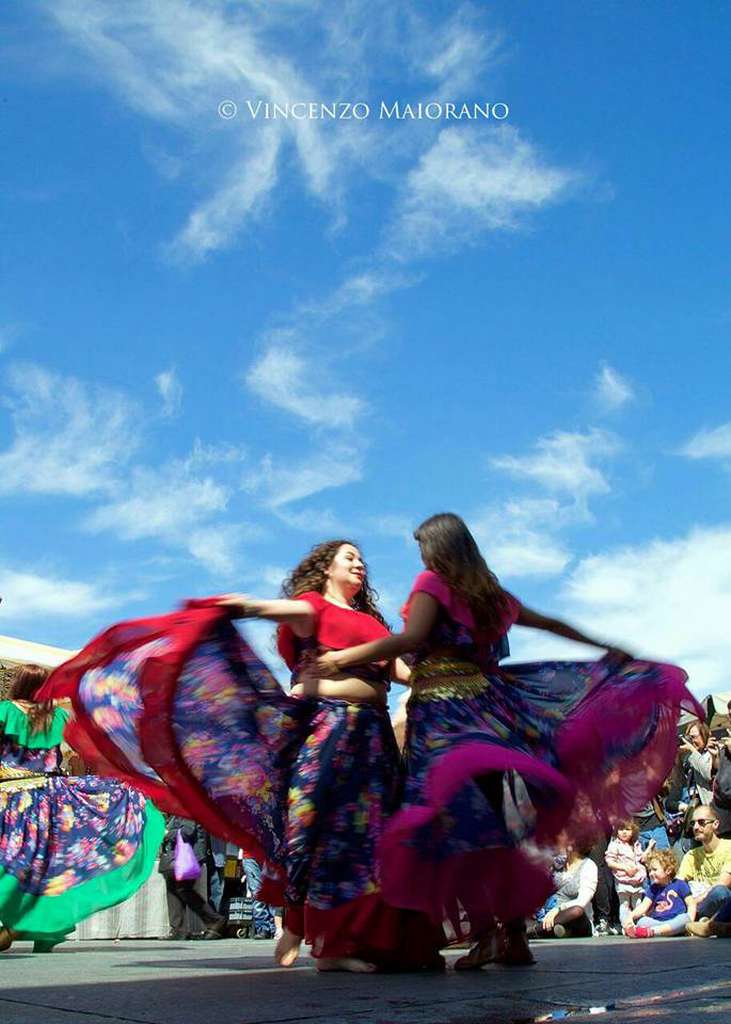While according to official statistics there are some 149,000 Roma living in Serbia, making up 2 per cent of the total Serbian population, other estimates suggest that there are at least 500,000 unregistered Roma living in informal settlements. Given the stigma attached to their identity, many Roma try to engage in ‘ethnic mimicry’, identifying themselves as part of the majority population. Several migration waves of Roma to Serbia are recorded from Romania, Turkey and Bosnia and Herzegovina but the exact numbers of Roma entering the country are unknown.
After the break-up of Yugoslavia, the former six republics became several different countries and hence nationalities, and ethnic minorities found themselves in a new and difficult social and political reality. Roma dance, music and culture were no longer located within the Balkan area but rather, as families were displaced and migrated to other countries, their art and culture likewise evolved in the new host countries.
The Collection
The compiler of this collection, a young Roma dancer from Serbia, Ivana Nikolic, whose family migrated to Turin, Italy, as the former Yugoslavia dissolved into political mayhem, is completing her dance degree at a prestigious Italian university and as an activist and artist is working to use dance as a tool for social change.
This collection contains more than forty-five colour images and a few short films of her dancing on stage and in public spaces. There are a dozen images of her traditional costumes, which capture the colourful dresses and tiered skirts of her Roma background.
Serbian Folk Dance
A number of popular Balkan folk dances are performed in the region. The kolo, in which a chain of dancers holding on to each other dance in a circle, is considered the most popular. After the kolo comes the lesa, where the dancers form a chain in a single line or in two parallel lines, moving to the left and the right, back and forth. Both folk dances are danced in Serbia but solo or couple dancing is rarely seen in central Serbia.
The ritual dances called dodole, lazarice and kraljice are very old dances and have traces of pagan fertility and rain rituals. They are sometimes performed on occasions such as births, initiations, weddings and funerals.
Carol Silverman (2012) states in her book Romani Routes that Roma perform line dances to čoček music that vary in style and steps and that change depending on the geographical location, age and subgroup. The most common line dance, in 2/4 time and found in Macedonia, Kosovo and southern Serbia, is a three-measure dance sometimes called the oro, whose footwork and rhythm change frequently depending on who is performing.









